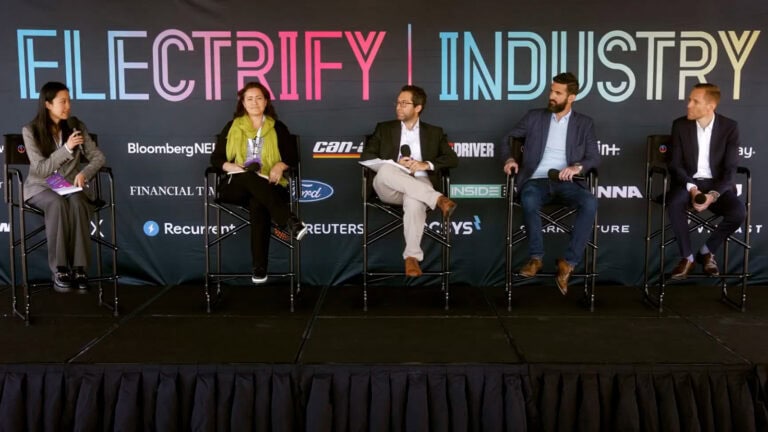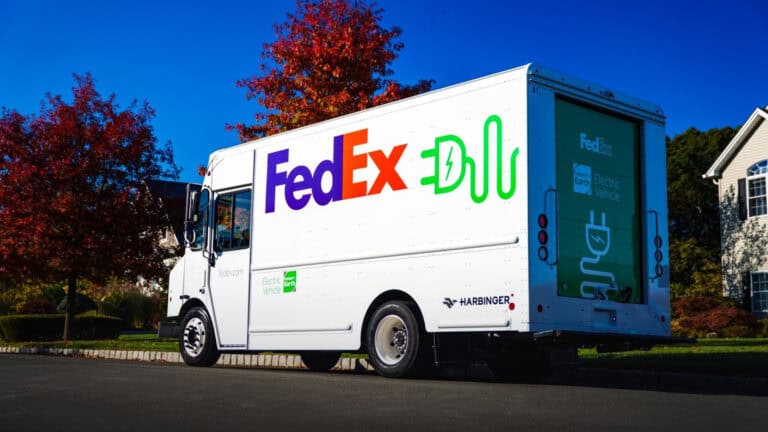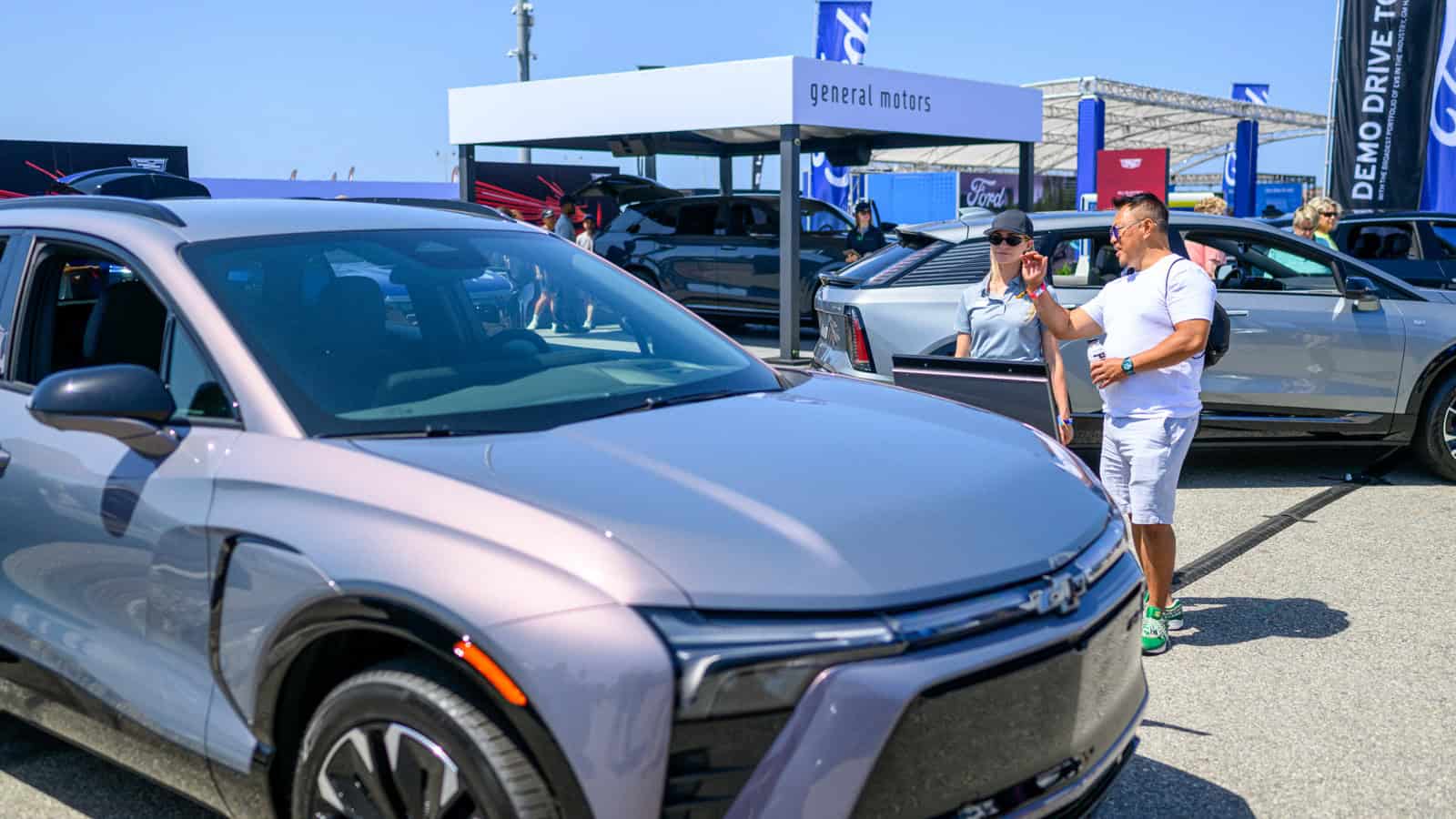- Teslas with lithium phosphate iron (LFP) batteries help bring down vehicle cost
- These batteries can be found in some of Tesla’s standard-range models
- The upcoming Tesla Semi is also likely to have an LFP battery option
As per Elon’s Master Plan Part 3 released earlier this year, Tesla is moving its compact and midsized vehicles’ power to LFP (Lithium-Iron-Phosphate) batteries. Compared to ‘traditional’ NCA (Nickel-Cobalt-Aluminium) or NCM (Nickel-Cobalt-Manganese) batteries, an LFP-powered EV has some key differences that could influence a buying decision, so it’s worth knowing what you’re getting into with any current or future Tesla you’ve got your eye on.
Tesla’s nickel-cobalt based battery cells have been powering the S, 3, X, and Y models since their inception, but the move in 2020 towards LFP batteries was part necessity and part evolutionary.
Thanks to the supply chain issues of the last few years surrounding nickel and cobalt, the development and use of LFP batteries has gained traction, and not only with Tesla, but other mainstream EV manufacturers too such as Ford, BYD and Nio.
ADVERTISEMENT
Which Tesla models have LFP batteries?
Model S
The Model S will continue to have NCA batteries, offering high energy density and long range capability.
Model 3
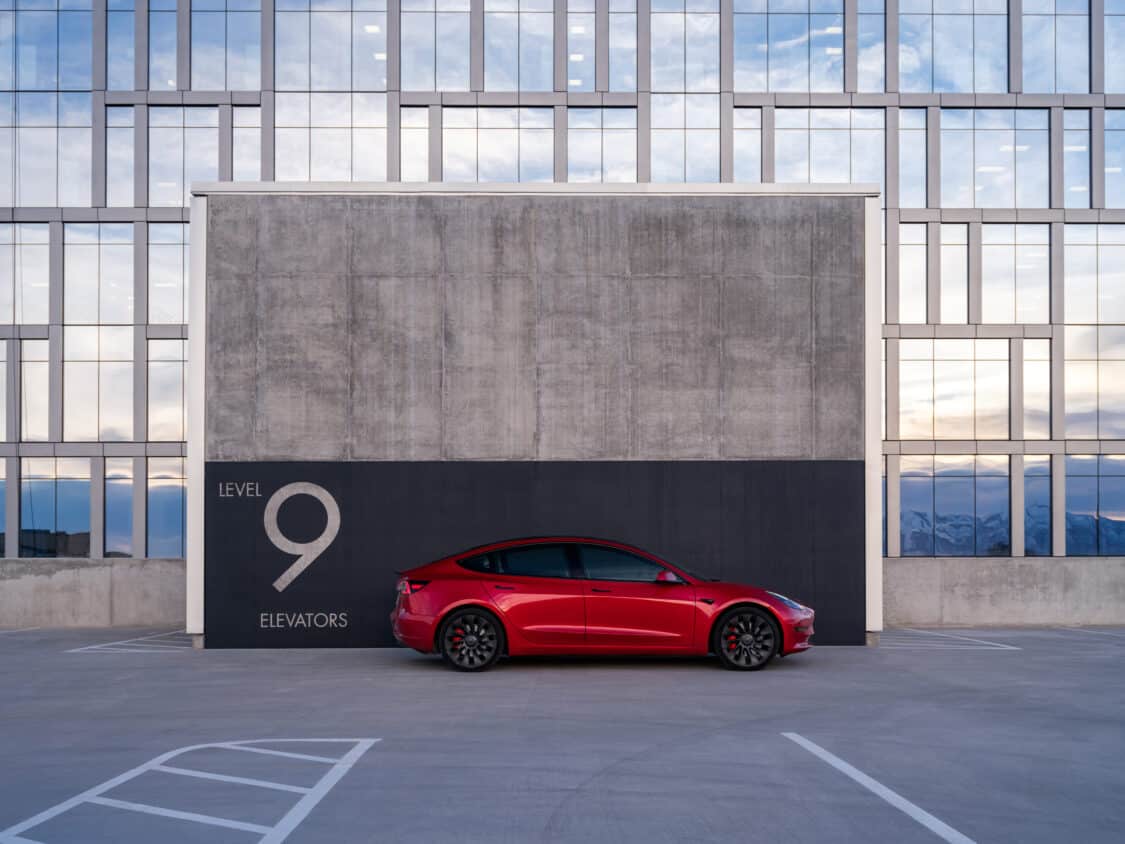
The standard 2023 Model 3 with RWD has an LFP battery, capable of 272-mile range. The Model 3 Long Range with AWD and Model 3 Performance both have NCA batteries with greater range capability (333 and 315 miles respectively).
ADVERTISEMENT
Model X
The Model X will continue to have NCA or NCM batteries.
Model Y
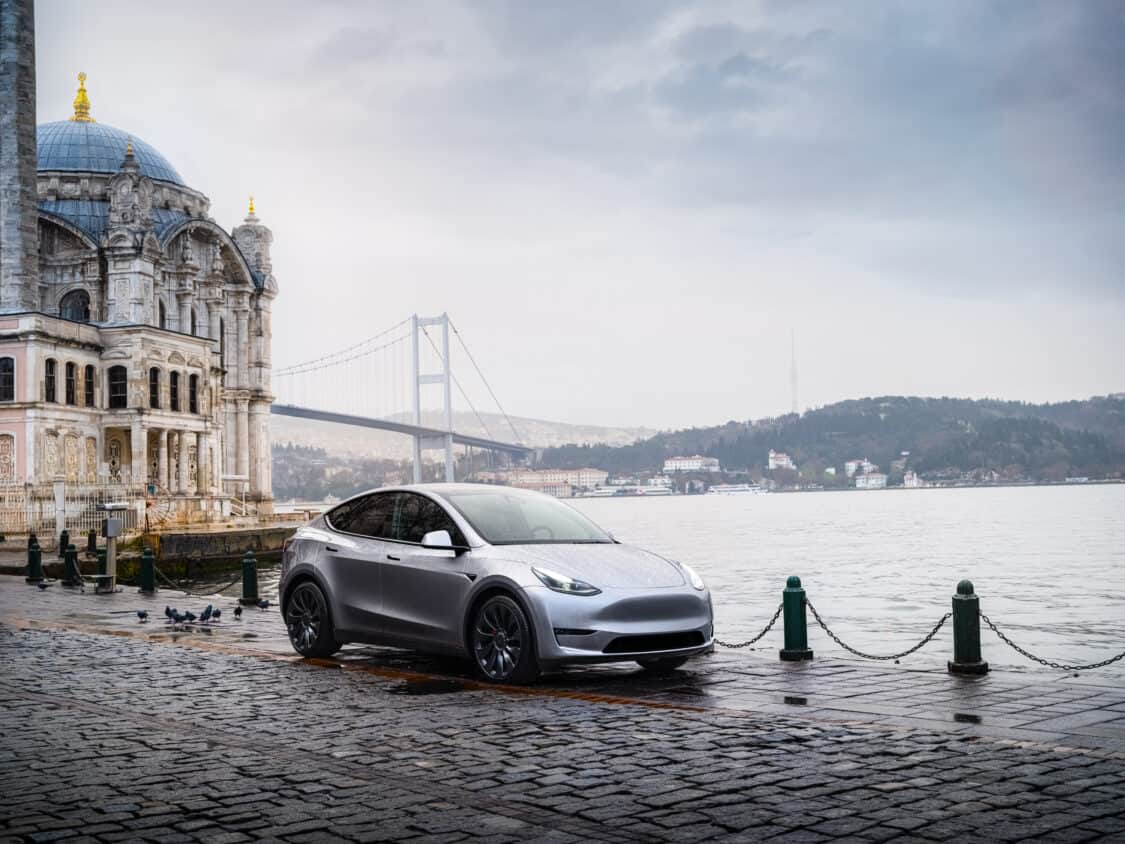
Model Y Teslas available for the US market doesn’t have LFP batteries… yet. But they’re coming. The standard range Model Y available in China is already powered by LFP battery cells, and it looks like Tesla will follow suit in North America soon enough.
What about Tesla’s commercial and in-development models?
At Tesla’s Cyber Roundup for shareholders in May 2023, Musk teased two new Tesla EVs in development, with silhouetted images suggesting that development of a sub-$25k compact Tesla is moving forwards. While nothing has been announced just yet, its fair to assume given previous statements made by Tesla, that when it does arrive, this compact hatchback will have an LFP battery. The return of the Tesla Roadster is currently scheduled for 2024, and is expected to have Tesla’s 4680 battery (nickel-cobalt-manganese).
ADVERTISEMENT
Not the Cybertruck though right?
That’s right, no it won’t. The Cybertruck will need that high-density nickel-based battery to deliver the planned-for range and payload capability of the single, dual, tri, and quad motor Cybertruck versions.
And the Semi, surely not?
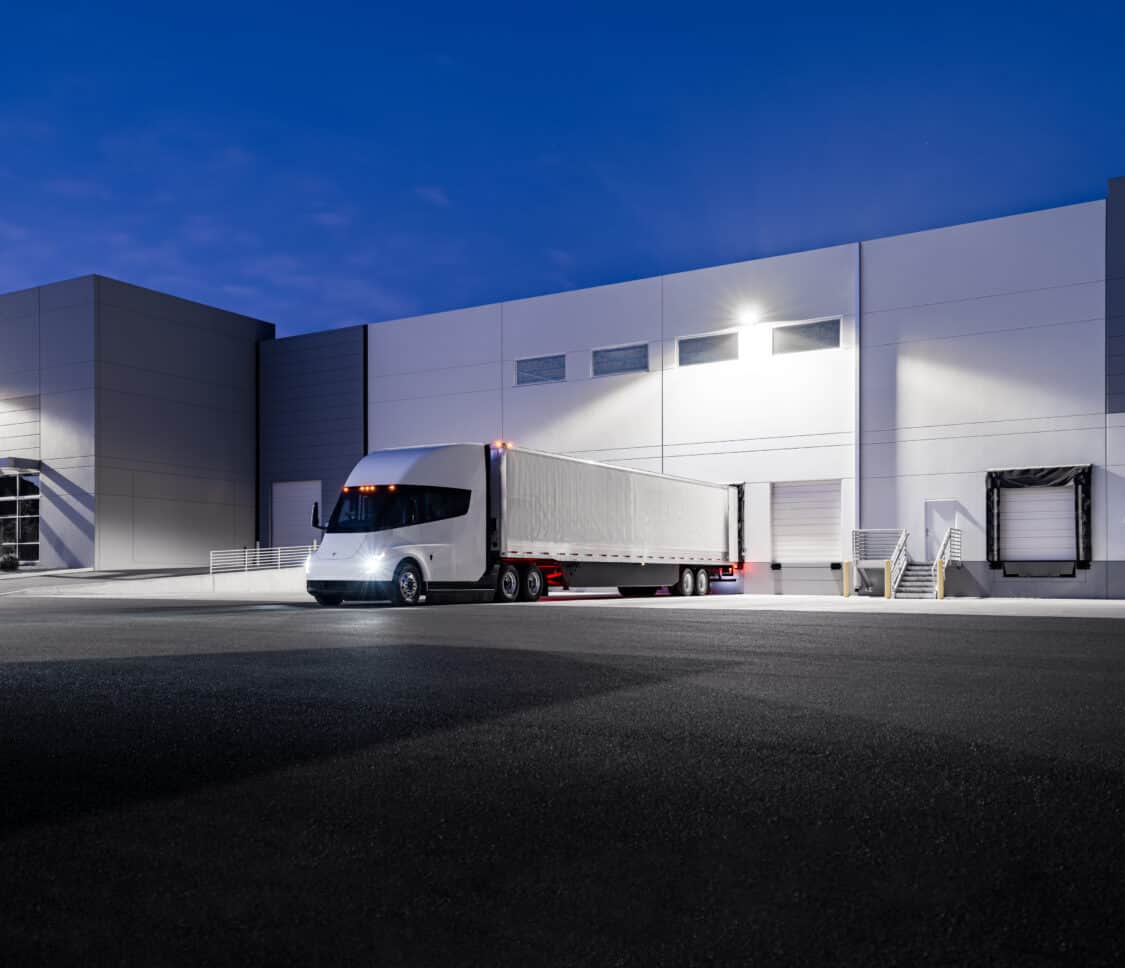
Tesla does plan on producing a LFP battery truck, the Semi Light. Shocked? The range will be less at 300-miles (which is still impressive) in comparison to the 500-mile range of the standard Semi. Both meet a need that’s out there for commercial fleets — the longer range capability of the Semi or a longer life-span with the Semi Light.
What are the benefits of LFP batteries?
Cost
LFP batteries are cheaper to manufacture, since they avoid those high demand/low supply compounds nickel and cobalt. This is great for Telsa’s bottom line — as well as their delivery ambitions — and great for their customers too, who are seeing ticket prices come down accordingly.
Safety
The chemistry of an LFP battery is more robust than NCA or NCM cell batteries. For owners and manufacturers alike that means less concerns about self-heating battery states that could result in thermal runaway — meaning they’re reducing the likelihood of fire.
Longer life-span
Testing indicates that a typical LFP battery is capable of cycling through 3000 full recharges. By comparison, batteries with a nickel-cobalt base chemistry manage 1000 to 2000 full recharge cycles. For owners, battery performance is less likely to degenerate in your lifetime with the vehicle, and when it comes to trading up, Teslas with LFP batteries are an attractive selling point in the used EV marketplace.
ADVERTISEMENT
Any disadvantages?
Range
Teslas with LFP batteries won’t produce the same kind of long range performance as the NCA or NCM models.
Cold weather performance
No one really likes cold weather, do they? LFP battery cells are particularly sensitive to cold weather conditions, so your maximum range capability is likely to be affected more than with a NCA or NCM battery.
Tesla is doing what it can to bring prices down for consumers and the introduction of LFP batteries into some its standard range models is a great step in the right direction.
ADVERTISEMENT

SOURCE | IMAGES: TESLA
FTC: We use income-earning auto affiliate links. Learn more.





